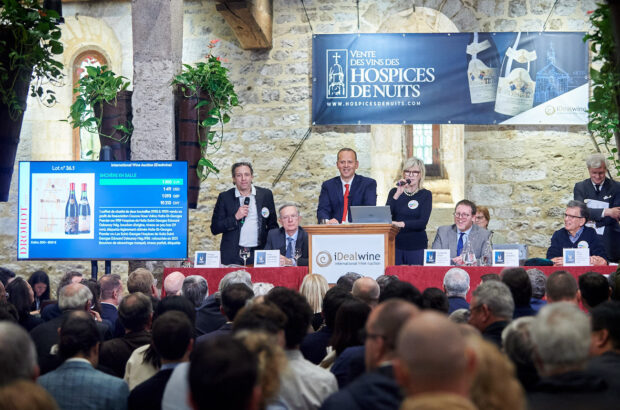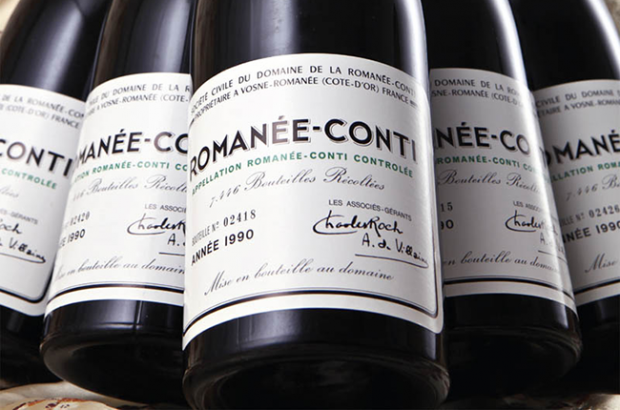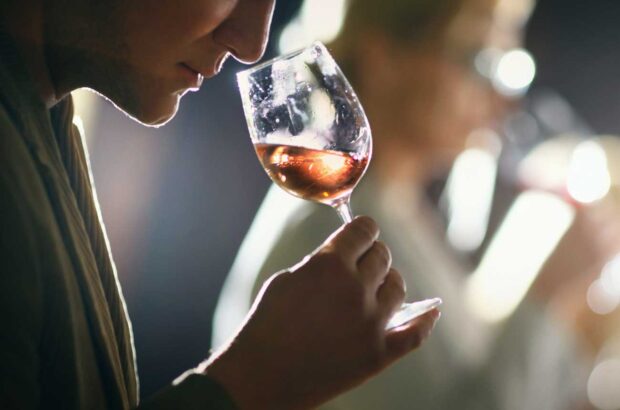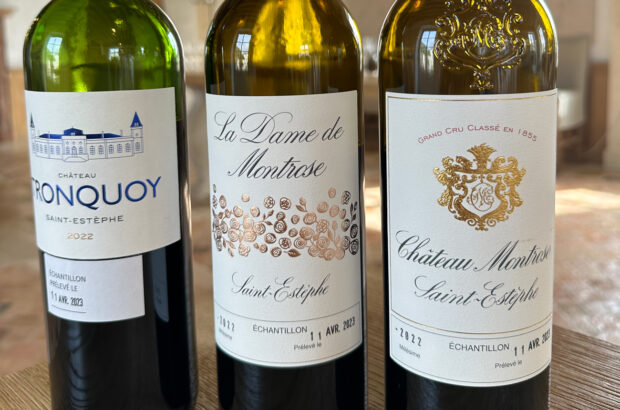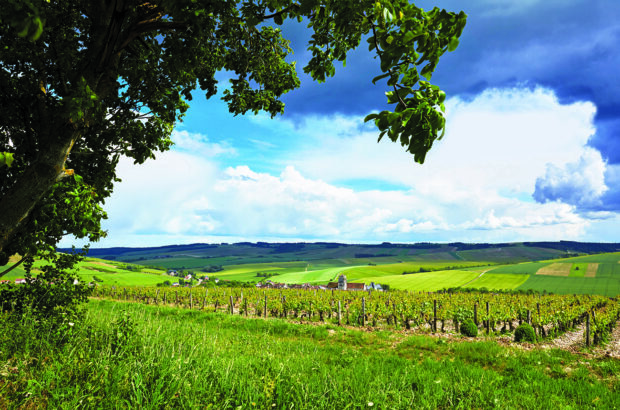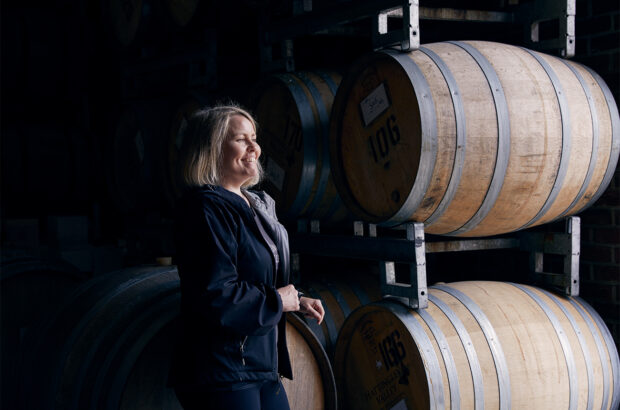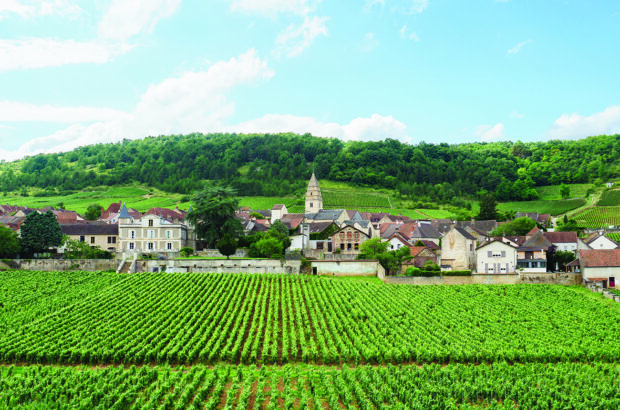Producers have the option to label their top Prosecco with a village of origin, but are these ‘rive’ wines always a guarantee of quality? Richard Baudains finds out.
Richard Baudains’ top ‘rive’ Prosecco
Since 2009, producers of Prosecco di Conegliano-Valdobbiadene Superiore – the top-drawer DOCG Prosecco from the hills – have had the option of declaring the village of origin of their wines with the phrase ‘Rive di’. Every village which conforms to the basic wine-growing standards of the DOCG zone (there are 43) can claim its sub-denomination.
In the highly democratic division of the area devised by the producers’ consorzio, all rive appear equal, but some might be more equal than others. Are the rive always a guarantee of top quality? And do they really reflect a special sense of place?
The answer to the first question is ‘yes and no’. Producers who use the rive denomination tend to reserve it for their top label, which means that you should be getting a Prosecco made with special care and attention from their best grapes. Some of these rive wines can be spectacularly, eye-openingly good.
The overall quality, however, is not particularly homogeneous: alongside wines with very distinctive personality there are others which are perfectly well made, but little more. As for terroir character, the diversity of growing conditions within the DOCG zone is evident, but it is difficult to pin down corresponding differences between wines at village level.
Article continues below wine reviews.
See the top Prosecco tasting notes and ratings
In search of style
A tentative shot at characterising the most widely exploited and most interesting rive could pick out San Pietro di Barbozza for freshness and refined elegance; Ogliano for its ripe, yellow fruit; Guia for a certain tangy, mineral quality; and Santo Stefano for its firm, fresh zip.
The problem is that there is not a lot of evidence to go on. In a tasting of 58 rive wines I did in October 2017 there were 28 different sub-denominations, most of which were represented by only one or two examples. In some respects the rive are at the cutting edge. The newly recognised extra brut (less than 6g/l of sugar) and brut nature (less than 3g/l) categories are being enthusiastically taken up by producers, and rive wines in particular showcase the trend. In my recent tasting, two-thirds of the wines were in varying shades of brut, while only a small minority were in the traditional extra-dry style.
The drinking window of quality Prosecco is widening and rive wines, which are obliged to declare their vintage, again highlight the trend. I tasted excellent rive from 2015 and even 2014. Rive selections represent a drop in the ocean of the 83 million bottles of Prosecco Superiore produced in 2016 – but it is a still a significant one, with 1.9m bottles. In terms of quality, they are not the only guide to the crème de la crème.
Many top producers, from small independent growers such as Silvano Follador or Cà dei Zago, to leading houses such as Bisol and Ruggeri, do not use village names for their prestige selections. But the good news is that quality producers who do are currently making some of Prosecco’s most interesting wines.
Richard Baudains is the DWWA Regional Chair for Veneto and has written about Italian wine for Decanter since 1989.



